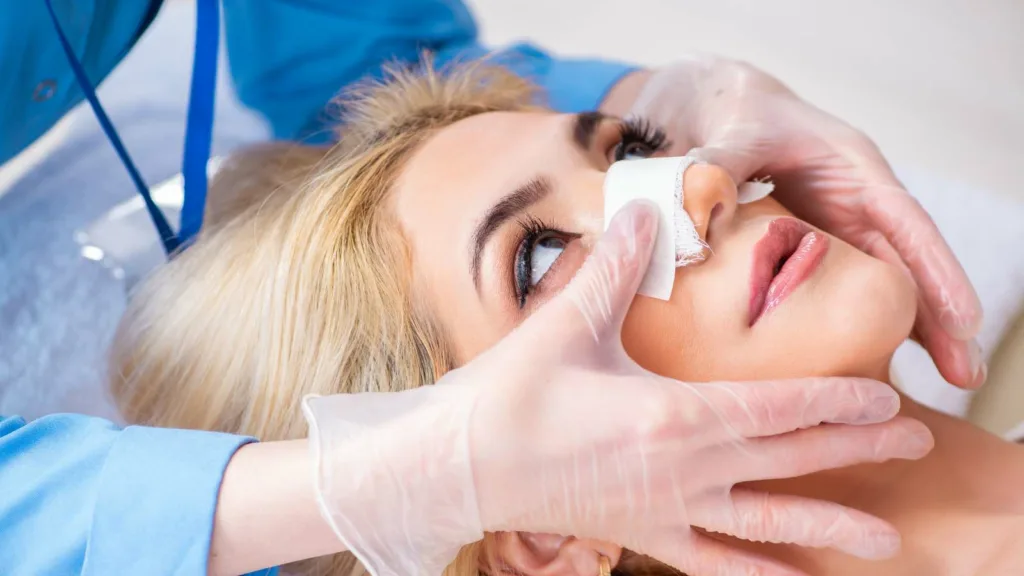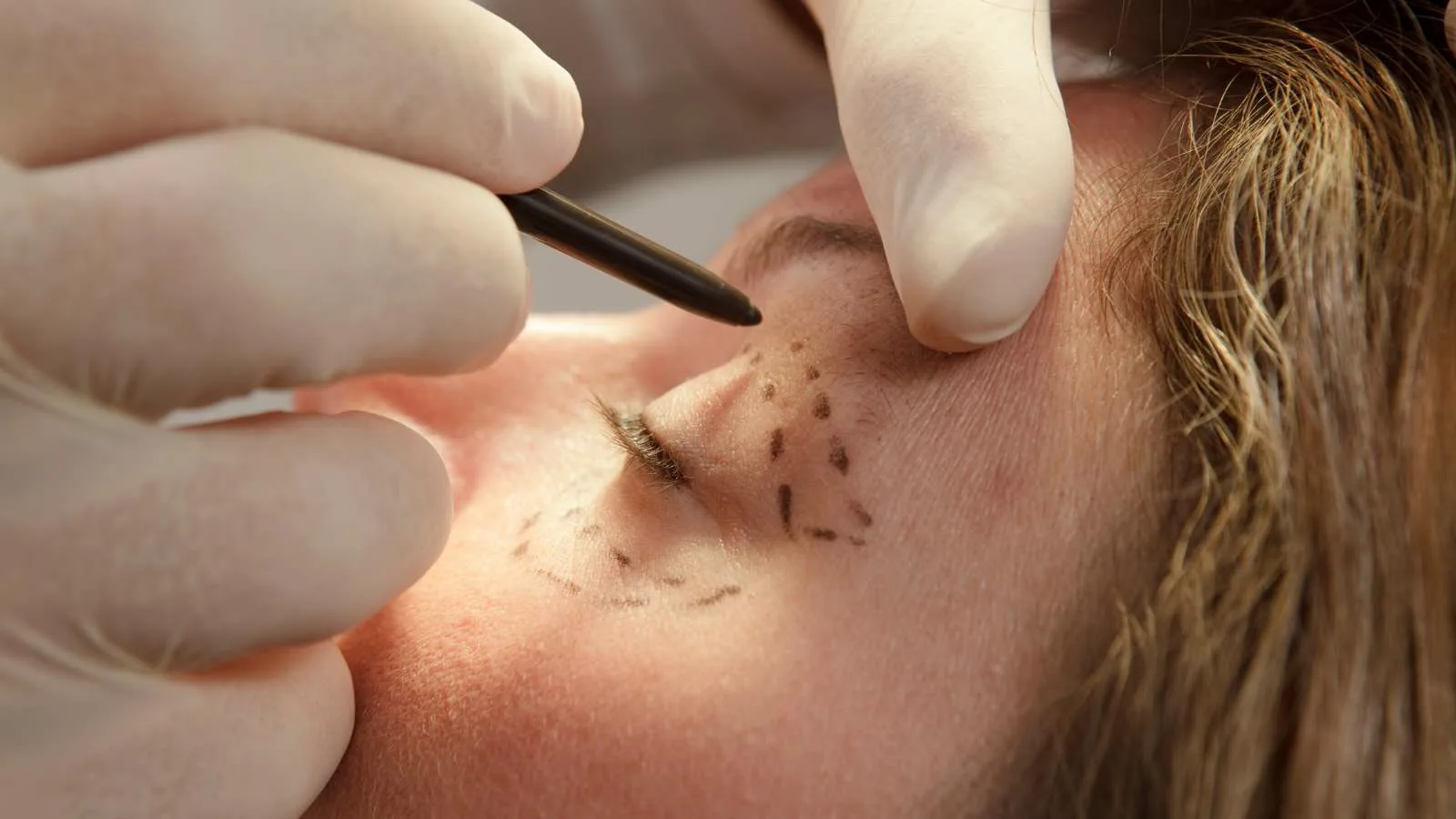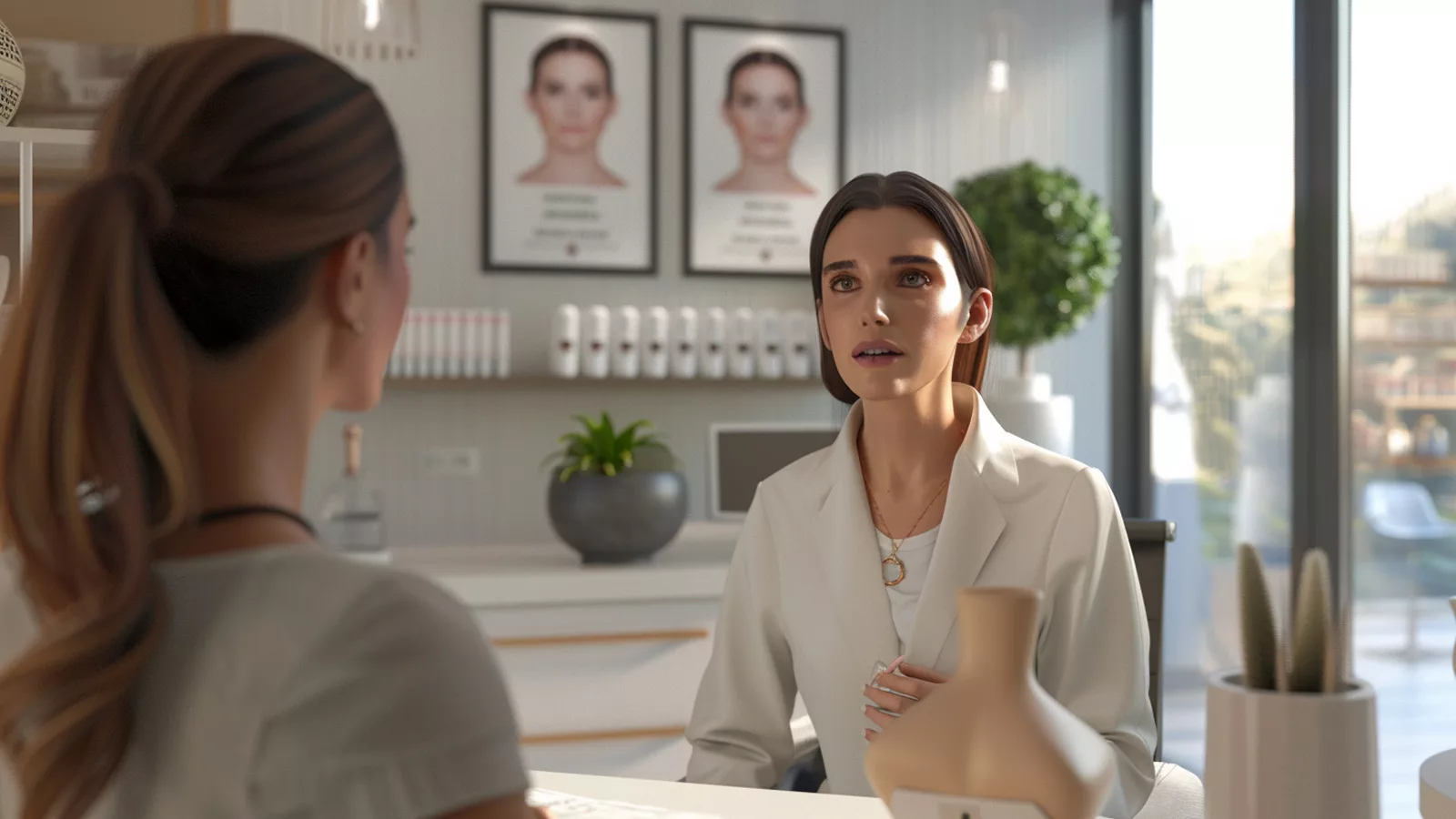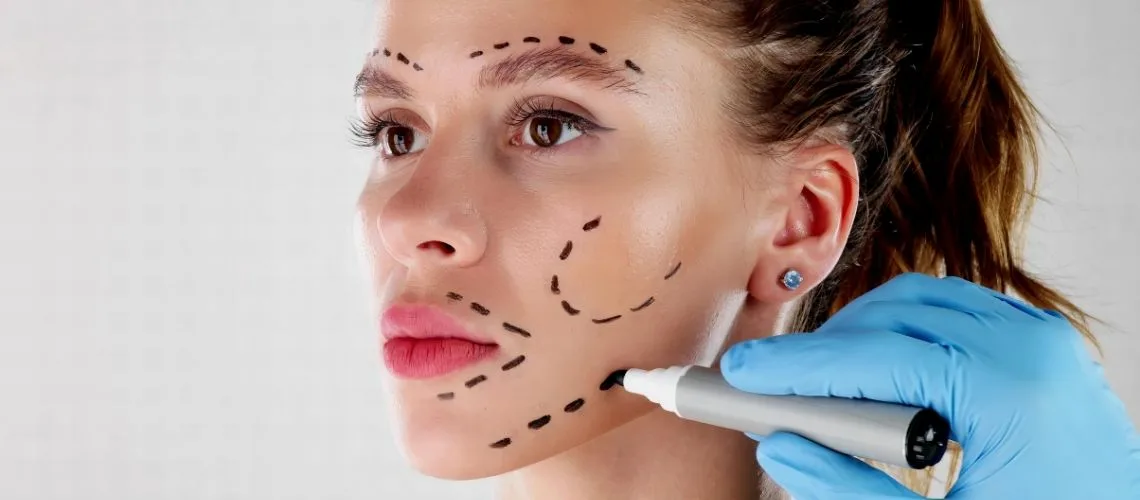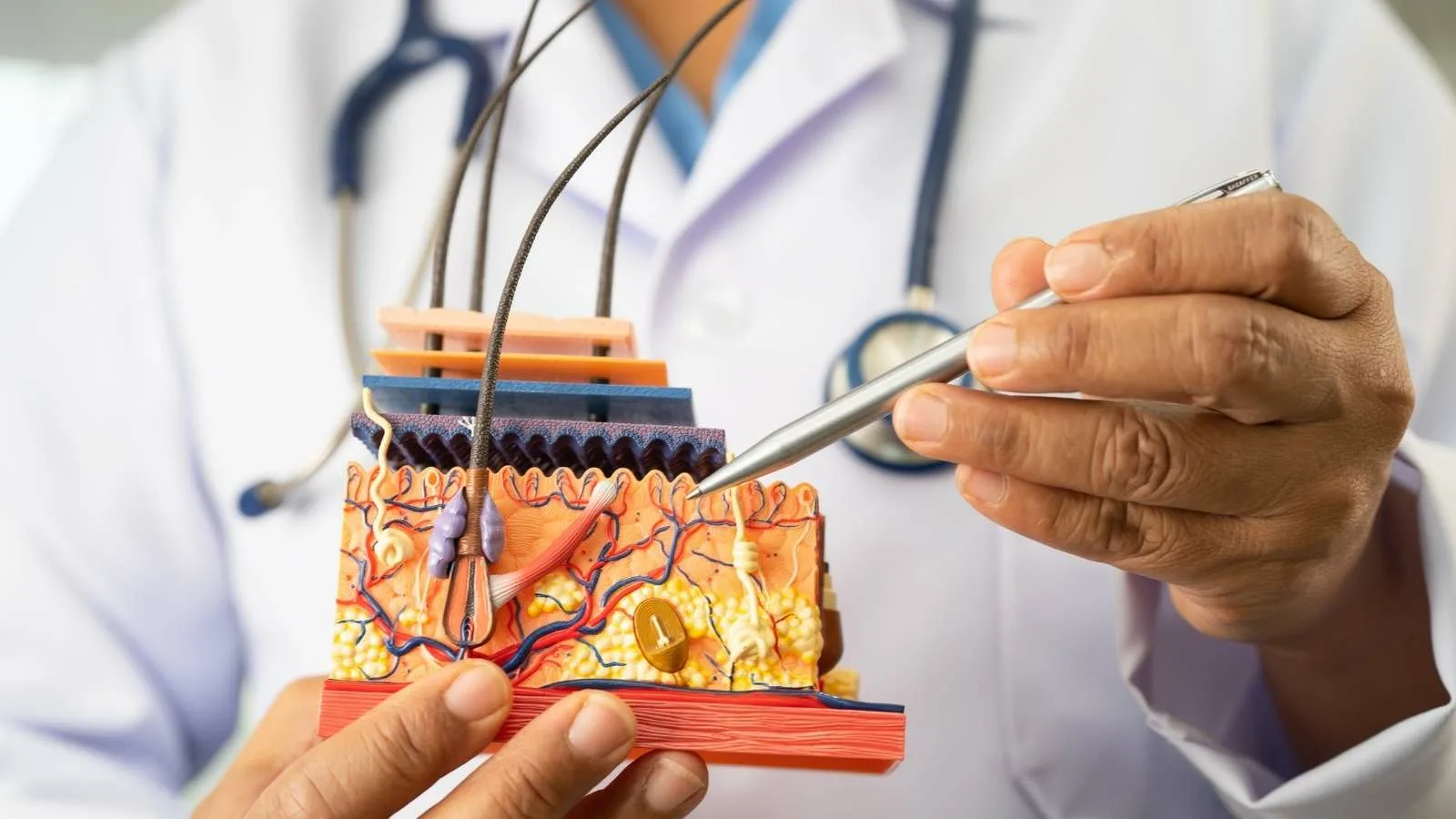People get plastic surgery to correct physical concerns, restore youthfulness, or enhance body proportions. These procedures provide both aesthetic improvements and functional benefits, depending on the patient’s needs.
Cosmetic motivations for plastic surgery include addressing age-related changes, refining body shape, or achieving facial symmetry. Many patients seek improved confidence and satisfaction with their appearance.
Medical reasons for plastic surgery involve reconstructive procedures. Operations such as breast reconstruction, cleft palate repair, or scar revision help restore function and normal anatomy after trauma or congenital conditions.
Social and psychological factors influence decisions for plastic surgery. Cultural beauty standards, career expectations, and personal self-image play significant roles in motivating patients to undergo such procedures.
How Do Psychological Factors Influence the Decision to Undergo Aesthetic Procedures?
One of the most important reasons for turning to aesthetic procedures is psychological factors. An individual’s sense of satisfaction or dissatisfaction with themselves, the self-esteem they possess in daily life, their past experiences, and even the traumas they’ve lived through all play a role in this decision. The need to feel more “complete” or to be “accepted” is not only about one’s social environment but is also linked to one’s own inner world. Here, we observe a fundamental quest for “self-discovery” and “adjustment.”
Self-esteem is at the center of psychological needs. A person wants to feel accepted and admired in society; as a reflection of this, they begin to express themselves through their physical appearance. An individual with low self-esteem, especially if they have developed negative thoughts about their appearance, may look to aesthetic surgery as the means to “correct” it. Changing one detail on the body can provide psychological relief, at least for a while. Much like finishing a project you’ve worked on for a long time by adding a small final touch, a change in appearance can bring mental relief.
However, this relief may not always be permanent. Especially for individuals with depression, anxiety, or more serious mental disorders, going into surgery with the expectation of “This operation will solve all the problems in my life” can lead to unexpected outcomes. To give a different analogy: If a small dent in your car’s bumper bothers you, fixing that dent might indeed make you feel better. But if there’s a major issue with the engine or electrical system, replacing the bumper won’t keep you from having trouble driving. That’s why a psychological evaluation before surgery and having realistic expectations are crucial.
On the other hand, aesthetic interventions can follow situations of extreme dissatisfaction stemming from certain psychological disorders. For example, “body dysmorphic disorder,” which involves obsessive thoughts about bodily imperfections, can cause individuals to remain unsatisfied with results no matter how many aesthetic procedures they have. This vicious cycle continues as the person attempts to reach the “perfect” result with constant new operations. Therefore, being evaluated by a specialized psychologist or psychiatrist before the operation is important in the long run, both in terms of patient satisfaction and mental health.
Can Social Comparison Theory Explain the Increase in Cosmetic Surgery?
In today’s world, people live in an information flow that is heavily influenced by social media platforms and advertising. According to Social Comparison Theory, individuals compare themselves to people around them in order to assess their own worth and achievements. Even if there isn’t an objective standard, the “perfect” body measurements or flawless visuals shared on social media can raise the bar of comparison. This means a person’s self-perception may become more critical than it really is, because the “ideal” examples presented around them constantly set an unending standard of competition.
We often think about this theory in the context of two people running side by side on treadmills at the gym. One person, seeing the other’s speed or duration, starts evaluating their own performance accordingly. When it comes to aesthetic surgery, thoughts like “My friend had a rhinoplasty and looks amazing; I should get one too,” or “I keep seeing fit bodies on social media; let me get liposuction to get rid of these extra pounds,” can come into play. This situation is further reinforced by advertising. Marketing campaigns run by cosmetic surgery centers on social media, the widespread sharing of “before and after” photos, and procedures that celebrities have turned into a routine all lower the threshold for seeking aesthetic interventions.
Of course, not everyone is influenced the same way by this comparison process. For some, these images are merely content they scroll through; for others, they can be a serious source of pressure. People with low self-confidence or those who place a high value on public attention (those with high public self-consciousness) feel this comparison more intensely. In this context, social media not only functions as a mirror but also becomes a trigger that provokes the thought “I wish I looked like that.”
How Do Life Events Like Stress or Loss Trigger the Desire for Aesthetic Procedures?
Major stress or loss periods, which can happen to anyone, may sometimes signal a physical transformation as well. The end of a relationship, the loss of a loved one, unemployment, or recovering from a serious illness… All these periods deeply affect a person’s self-perception. Sometimes, in wanting to renew oneself emotionally, one chooses to reflect this onto the body as well. Aesthetic surgery can become a symbolic way of saying, “I’m opening a new chapter.”
For example, after a long marriage ends in divorce, some people change their hair color; others decide to finally undergo the aesthetic operation they’ve long postponed. This is a form of “self-discovery” or “reconstruction.” Like a phoenix rising from its ashes, one may feel emotionally stronger with the small change made in their external appearance. Although this might seem like “just a simple operation,” behind the scenes, it can be part of a significant psychological process.
Stress, loss, or traumatic events increase emotional vulnerability, making people’s perceptions of themselves more sensitive. During this period, negative feelings when looking in the mirror can be triggered more easily. If we feel like we’re in the midst of a storm we can’t control, the thought “At least I can control my own body” may arise. In this way, aesthetic surgery can create a sense of “rearranging life” or “taking control of one’s own destiny.”
However, it’s important to remember that making this decision in haste can lead to new regrets later. Under the fresh grief of losing a loved one or in the middle of a severe depression, undergoing a major surgical operation may not be a healthy choice. It can be harder to maintain realistic expectations when our emotional balance is disrupted. That’s why it’s always safer to seek the necessary support to cope with loss or stress before turning to aesthetic procedures, ensuring that the decision feels genuinely right.
How Does the Perception of Aging Influence Middle-Aged Women to Opt for Aesthetic Surgery?
Age may seem like just a number, but the culture of youth promoted by society creates significant pressure, especially on women. When women enter middle age, they start comparing themselves to the constantly highlighted ideals of youth and vitality in both social circles and media. Gray hairs, fine lines on the skin, or parts of the body that succumb to gravity can suddenly become the focus of “Am I getting old?” anxieties.
Here, a key concept is “fear of aging.” This fear not only encompasses physical changes but also the worry of “losing value” in society. Since youth is often associated with dynamism and productivity in many cultures, being or appearing “younger” can be perceived as an advantage for women, especially those who are in competitive work or social environments. At this point, aesthetic surgery is seen as if it were an opportunity to turn back chronological time. Eliminating sagging eyelids, reducing wrinkles, or making the facial contour tauter can fuel the thought “I still feel active and attractive.”
In the period often referred to as the midlife crisis, factors such as children leaving home (empty nest syndrome), changes in work life, or a monotonous marriage may cause a woman to reassess her identity. Sometimes this can create a feeling of emotional stagnation. The “need for change” can emerge exactly in this period. Much like buying new furniture or taking up a new hobby, the desire to reshape one’s body is a reflection of this urge for renewal.
However, aesthetic surgery can’t magically erase all anxieties. Truly accepting the aging process and being at peace with it make the small touches the body undergoes even more meaningful. When viewed as a tool to feel more well-groomed, healthy, and happy—rather than to erase every trace of time—this experience is likely to yield more positive outcomes for middle-aged women.
Do Technological Advancements Make Aesthetic Procedures More Accessible?
Developments in medicine and technology have transformed the world of aesthetic surgery much like a “smartphone revolution.” Procedures that once required large incisions, lengthy recovery periods, and high costs can now be carried out using far more minimally invasive techniques. For example, in endoscopic facelifts, smaller incisions are used, offering patients less scarring and a faster recovery. Advances like these take aesthetic surgery from being intimidating to more appealing.
Meanwhile, the advancement of laser technology has made treatments like skin rejuvenation, blemish treatments, the treatment of capillary problems, or hair removal much simpler and more comfortable. Additionally, skin tightening procedures using radiofrequency and ultrasonic waves can be done without any surgical incision. Such innovations are a godsend for people who have hectic work schedules, don’t have time for lengthy recovery, or want to rejoin society quickly post-operation. For instance, botox and filler applications, sometimes dubbed as “lunchtime aesthetics,” have become as simple as grabbing a coffee after work.
Moreover, three-dimensional imaging systems ease the pre-operative process by offering patients a “result simulation.” Thus, an individual can have a more concrete idea of what their nose might look like after surgery or how their body proportions might change following breast surgery. This technological innovation strengthens communication between surgeon and patient and places expectations on a more realistic footing.
Another important outcome of these advancements is that costs have gradually become more attainable. Factors such as increased competition, the widespread use of new devices, and easier access to information have led to aesthetic procedures being seen less as a luxury and more as a service many can access. However, each new technology has its own risks and learning curve, making the experience of the chosen clinic and specialist even more critical. Nevertheless, it’s undeniable that technological advancements have played a major role in making aesthetic surgery available to a wider population.
How Does Social Media Affect the Demand for Cosmetic Procedures?
Today, social media is no longer just a platform for sharing photos with friends or following new trends—it has become a powerful medium shaping our sense of beauty and aesthetics. Especially on visually oriented platforms like Instagram, filters, “perfect” angles, and post-editing programs allow users to appear very different from reality. This fabricated culture of “flawlessness” can fuel individuals’ dissatisfaction with their natural selves.
The so-called “Instagram face,” characterized by high cheekbones, full lips, and flawless skin, has become the ideal standard for many young people. Social media influencers and celebrities, at times through sponsored deals, promote cosmetic products or aesthetic centers, encouraging their followers to consider such procedures. Our eyes become so accustomed to filtered photos that when we see our natural reflection in the mirror, we might think, “Why don’t I look like that?” For those whose self-esteem is not solid, this question can quickly turn into motivation to knock on the door of an aesthetic clinic.
To use an analogy: Imagine being a guest at a grand party. If everyone is shining in ball gowns and you’re wearing casual attire, before long you’ll ask yourself, “Why am I not dressed up?” Social media creates a similar stage. When we’re exposed daily to thousands of images presenting the “best version” of people, our own ordinary or natural state can suddenly seem “inadequate.”
Of course, social media also has positive effects. People can access a lot of information about aesthetic procedures more quickly, read about others’ experiences, and make more informed decisions. However, in most cases, filtered or sponsored content creates unrealistic expectations. Those who decide to have aesthetic procedures based on social media inspiration need to focus on realistic results and how these results will align with their own face and body structure.
Can Cosmetic Surgery Improve Mental Health and Social Confidence?
“If it’s going to make me feel better, why not?” is the fundamental motivation voiced by many candidates for aesthetic surgery. People believe that once they fix a part of their body they are unhappy with, it will feel like a huge burden has been lifted off them. Sometimes this belief is justified: For instance, an individual who lacks self-confidence because of the shape of their nose might truly smile more comfortably or feel more at ease in photos after a rhinoplasty.
From a mental health perspective, aesthetic interventions can be particularly helpful in managing certain body image issues. A person who has long been unhappy with the shape of their breasts might gain self-confidence through breast surgery, and for example, feel more comfortable even during beach vacations. However, the key factor here is whether the individual’s expectations are realistic. Believing “All the problems in my life will be fixed” can lead to disappointment-induced depression if the outcome doesn’t match this exaggerated hope.
It’s also important to remember that aesthetic surgery alone may not always be enough, and underlying psychological issues might need supportive treatment. For instance, a procedure sought after a significant loss might not fully help the person overcome their grieving process. In this regard, evaluating aesthetic surgery together with psychotherapy can provide a healthier long-term recovery.
When it comes to social confidence, once surgery or a procedure is successfully completed and the patient achieves the appearance they desire, they may feel more comfortable entering a new social environment or going to a job interview. A person who believes they now meet society’s standards of “better looks” may also believe that others’ perceptions of them will shift. Sometimes this belief is valid, but one should remember that people don’t evaluate us solely by our appearance; our communication skills, energy, and character also matter. Aesthetic surgery only changes the “outer packaging” of this overall presentation. While the packaging is new, enhancing the substance inside often yields more meaningful outcomes.
Why Is Body Image Dissatisfaction a Key Factor in Seeking Cosmetic Surgery?
Body image dissatisfaction refers to the bundle of negative thoughts and emotions people develop regarding their own bodies. When someone is unhappy with the reflection they see in the mirror, they’re pushed into a perpetual search of “How can I be better?” This search might end with changes in exercise and diet, or it might escalate to surgical intervention.
Body image dissatisfaction is a multi-dimensional phenomenon that can start taking shape from adolescence. Rapid bodily changes during the teenage years, remarks from peers, and the media’s definition of the “ideal body” can leave a lasting impact. For example, a young girl might feel she’s too heavy or too thin, or wonder, “Why is my nose so big?” and become hesitant about participating in social settings. These feelings can persist into adulthood, and when the individual starts earning their own income and making their own decisions, the thought “Now I can solve this problem” may translate into opting for an aesthetic operation.
Another significant factor is today’s lifestyle, which keeps body image constantly in focus. Filtered images on social media and the “size zero” or “muscular and fit” body ideals often touted by pop culture can heighten people’s dissatisfaction with themselves. This situation raises the question “Why should I accept my body instead of just fixing it?”
On the other hand, body image dissatisfaction is not solely about external appearance; it also affects an individual’s overall sense of self-worth. Someone might generalize by thinking, “My nose is ugly, so I must be ugly,” judging their personality through their body. This emotional weight can seem like something that can be removed through aesthetic surgery. The real question here is: Can aesthetic surgery resolve dissatisfaction, or are there deeper psychological dynamics underlying this dissatisfaction? Even a successful operation may not be enough to provide complete satisfaction; therefore, it’s very important for someone to assess their emotional and mental health before deciding on an aesthetic procedure.
How Do Cross-Cultural Beauty Perceptions Shape Trends in Aesthetic Procedures?
The perception of beauty around the world cannot be confined to a single mold. In one region, a “small nose” might be seen as ideal, while in another, a “more prominent nose” might be admired. Similarly, full lips and a slim waist might be seen as attractive in Western societies, whereas softer facial features and lighter skin tone could be popular in certain Asian countries. This diversity leads each culture to have its own unique demands in aesthetic surgery.
For instance, rhinoplasty is quite common in the Middle East. Many individuals want to refine or alter the prominent or larger nose structure that often comes with genetic and cultural features. In countries like Brazil, on the other hand, buttock enhancement and liposuction procedures are more popular, since a curvy yet athletic body is regarded as the symbol of beauty there. In many Asian countries, eyelid surgeries are frequently chosen to achieve bigger-looking eyes. In other words, every region has an “aesthetic map” shaped by cultural roots.
Cultural values not only influence which body part is the focus but also affect the recovery process and even the meaning attributed to surgery. In some cultures, it might be frowned upon or considered embarrassing to openly admit to having undergone an aesthetic procedure in front of family or friends. In other cultures, it can be a status symbol. If the prevailing view is “It’s my body, I can do what I want,” individuals are more likely to share their surgeries proudly on social media rather than hide them.
Recently, globalization has blurred cultural boundaries. As people become aware of beauty trends in different parts of the world through the internet and social media, they may adopt ideals that extend beyond their own culture. For example, a Western individual might pursue the “baby skin” aesthetic popular in Korea, while someone from Asia might be inspired by Brazilian butt lifts. This interaction increases the diversity and demand for aesthetic surgery worldwide. Still, it’s fair to say that each culture creates a “hybrid beauty” concept of its own, combining global trends with local roots.
What Motivates Middle-Aged Women to Prioritize Aesthetic Procedures?
Middle age is a special phase in life when many things can be reassessed, and identities can undergo transformations. For women, this period includes dealing with hormonal changes (like menopause), shifts in family roles (children growing up or leaving home), reconsidering career goals, and developing new approaches to self-care. When these factors converge with concerns about appearance—under the question “Where am I in life, and where am I going?”—the inclination toward aesthetic interventions may grow stronger.
Noticeable signs of aging generally appear during middle age. The skin loses elasticity, facial features start to sag, and wrinkles may appear on the hands and neck, which can conflict with the sense of vitality one still feels inside. A woman who feels she remains energetic might struggle to accept a tired face in the mirror. This psychological conflict can turn into the thought, “Why not reflect the young spirit I feel inside to the outside as well?” Thus, aesthetic surgery attempts to balance one’s inner age with one’s outward appearance.
Societal norms and the media serve as catalysts in this process. When “looking young and beautiful” is constantly highlighted, it’s not surprising that a middle-aged woman might decide on a procedure to “conceal her age.” The belief that a younger appearance can provide a competitive advantage—especially in the workplace—may also reinforce such motivations. Self-esteem is another key component: For some women, signs of aging can evoke feelings of being “less valued” or “overlooked.” Seeking aesthetic surgery is seen as part of investing in oneself to counteract this sense of diminished worth.
Of course, there isn’t a single operation that resolves all these concerns. Sometimes minor interventions (like botox, fillers, or mesotherapy) suffice, while in other cases, more comprehensive surgical procedures might be chosen. Middle age is also a time when financial resources may be more stable. Children are grown, one’s career has reached a certain level, and the budget available for personal spending may have increased. This strengthens the mindset of “I can finally have the surgery I’ve been wanting for a long time.” In the end, every woman’s motivation is unique, but the shared underlying emotion is the desire to “feel good and valuable again.”
How Does the Cost Factor Influence the Decision to Undergo Cosmetic Surgery?
One of the biggest questions for individuals considering aesthetic surgery is the total cost of the procedure. Many wonder, “Will my budget suffice?” or “Is it really worth it?” These questions form a crucial part of the decision-making process. Cosmetic procedures can sometimes be quite expensive; the price is directly affected by the technology used, the physician’s experience, and the quality of the clinic where the operation is performed.
However, technology’s development and increasing competition have, to some extent, made especially minimally invasive procedures more accessible cost-wise. For instance, botox and filler treatments can be done nowadays at more reasonable prices than before. Moreover, many clinics offer installment payment options, allowing patients to pay without straining their budgets. Thus, “getting aesthetic work done” has shifted from being a luxury to an option accessible to a broader audience.
Still, focusing only on the numerical aspect of cost can be misleading. Aesthetic surgery is, in a sense, a long-term investment: If a patient is satisfied with the outcome, it can return as confidence and happiness. On the other hand, an unsuccessful operation or complications can lead to additional expenses as well as psychological distress. Much like the saying “You get what you pay for,” going to an inexperienced surgeon or a so-called “under-the-counter” clinic just because it’s cheaper involves significant risks. In trying to save money, some individuals end up paying far more for corrective surgeries.
Furthermore, one needs to consider not only the surgery itself but also post-operative care, follow-up appointments, and potential complications. Travel expenses are another aspect. Today, “aesthetic tourism” has become popular, where people travel to different countries for cheaper procedures. However, post-surgery checkups can be more difficult in these cases, and language or cultural barriers can complicate communication. Hence, the cost factor encompasses not only “How much will I pay?” but also “What do I get for it, and what happens afterward?”
How Do Patients Weigh Risks and Benefits in Aesthetic Procedures?
Like any medical procedure, aesthetic interventions carry certain risks. Possible complications include issues with anesthesia, infections, tissue damage, bleeding, scarring, or undesired aesthetic outcomes, all of which can negatively impact both body and mind. Therefore, people often undergo a lengthy process of research and consideration before surgery. Much like an investor, one ponders, “What level of risk am I taking, and what benefits will I gain in return?”
The first step is always a thorough examination and consultation. A specialist doctor assesses the patient’s overall health and listens to their expectations. Sometimes hearing “This surgery may not be suitable for you” can be disappointing, but such honest approaches are very valuable. Engaging in risk-benefit analysis with realistic information is the best way to avoid irreversible regrets.
The second step involves focusing on the gains of the operation: increased self-confidence from improving one’s appearance, greater comfort in social settings, finally wearing the clothes you’ve always dreamed of, or perhaps resolving functional issues like nasal obstruction. When these benefits are explained concretely and the patient’s expectations align with the surgeon’s medical foresight, the success of the procedure is more likely.
However, the post-surgery phase is often the most critical aspect in determining the risk-benefit balance. Each operation involves a certain recovery period, pain, and some limitations. The inability to return to social life immediately, the need to take time off work, or more swelling than expected can be disheartening experiences. Some find these difficulties tolerable by reminding themselves of the final outcome, while others, realizing they can’t handle the process, may decide against the operation.
To balance risks and benefits most effectively, a person must be physically and emotionally prepared for the journey. Individuals who are emotionally stable, know what they want, and accept the limits of the operation typically end up more satisfied with the results. Strong communication between the doctor and patient helps shape preoperative expectations and enables prompt action in case of complications. Ultimately, the decision is best made when the individual can acknowledge both the benefits and the risks of the procedure, ensuring a healthier and more fulfilling experience.
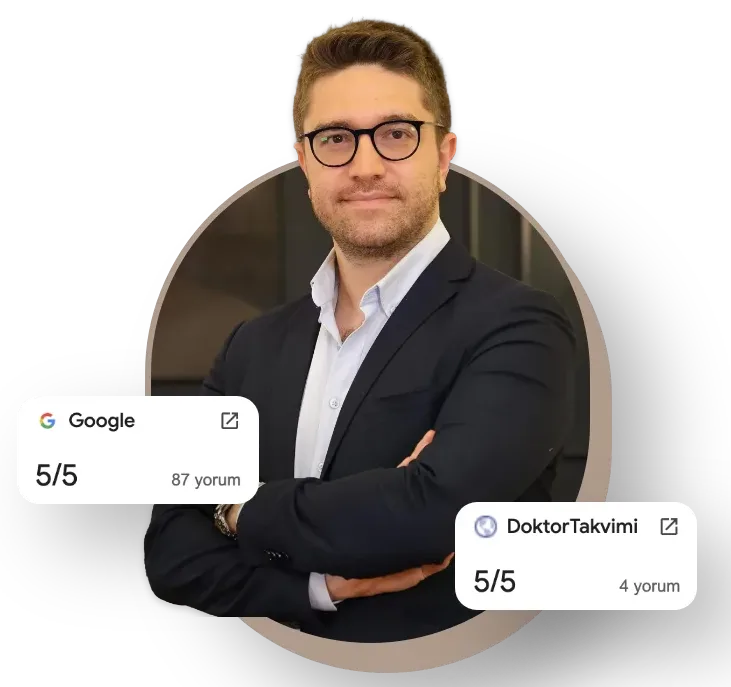
Op. Dr. Erman Ak is an internationally experienced specialist known for facial, breast, and body contouring surgeries in the field of aesthetic surgery. With his natural result–oriented surgical philosophy, modern techniques, and artistic vision, he is among the leading names in aesthetic surgery in Türkiye. A graduate of Hacettepe University Faculty of Medicine, Dr. Ak completed his residency at the Istanbul University Çapa Faculty of Medicine, Department of Plastic, Reconstructive and Aesthetic Surgery.
During his training, he received advanced microsurgery education from Prof. Dr. Fu Chan Wei at the Taiwan Chang Gung Memorial Hospital and was awarded the European Aesthetic Plastic Surgery Qualification by the European Board of Plastic Surgery (EBOPRAS). He also conducted advanced studies on facial and breast aesthetics as an ISAPS fellow at the Villa Bella Clinic (Italy) with Prof. Dr. Giovanni and Chiara Botti.
Op. Dr. Erman Ak approaches aesthetic surgery as a personalized art, tailoring each patient’s treatment according to facial proportions, skin structure, and natural aesthetic harmony. His expertise includes deep-plane face and neck lift, lip lift, buccal fat removal (bichectomy), breast augmentation and lifting, abdominoplasty, liposuction, BBL, and mommy makeover. He currently provides safe, natural, and holistic aesthetic treatments using modern techniques in his private clinic in Istanbul.

